ECON6000: Economic Principles and Decision Making - Assessment 2
VerifiedAdded on 2023/06/03
|5
|1043
|273
Homework Assignment
AI Summary
This assignment focuses on economic principles and decision-making, particularly concerning supply and demand analysis. It includes two main problems. Problem A involves constructing a Production Possibility Frontier (PPF) based on given data for Schmeckt Gut Energy Bar and Schmeckt Gut 2.0, discussing the limitations of production beyond the PPF, and proposing solutions to meet increased demand, such as improving technology, increasing resources, and importing from outside. The sustainability of each proposal is also evaluated. Problem B focuses on estimating the equilibrium price and quantity in the energy bars local market using given demand and supply equations, explaining the inverse relationship between price and demand, and the direct relationship between price and supply, in accordance with the laws of demand and supply. The assignment concludes with a list of references. Desklib offers a platform for students to access similar assignments and study resources.
1 out of 5
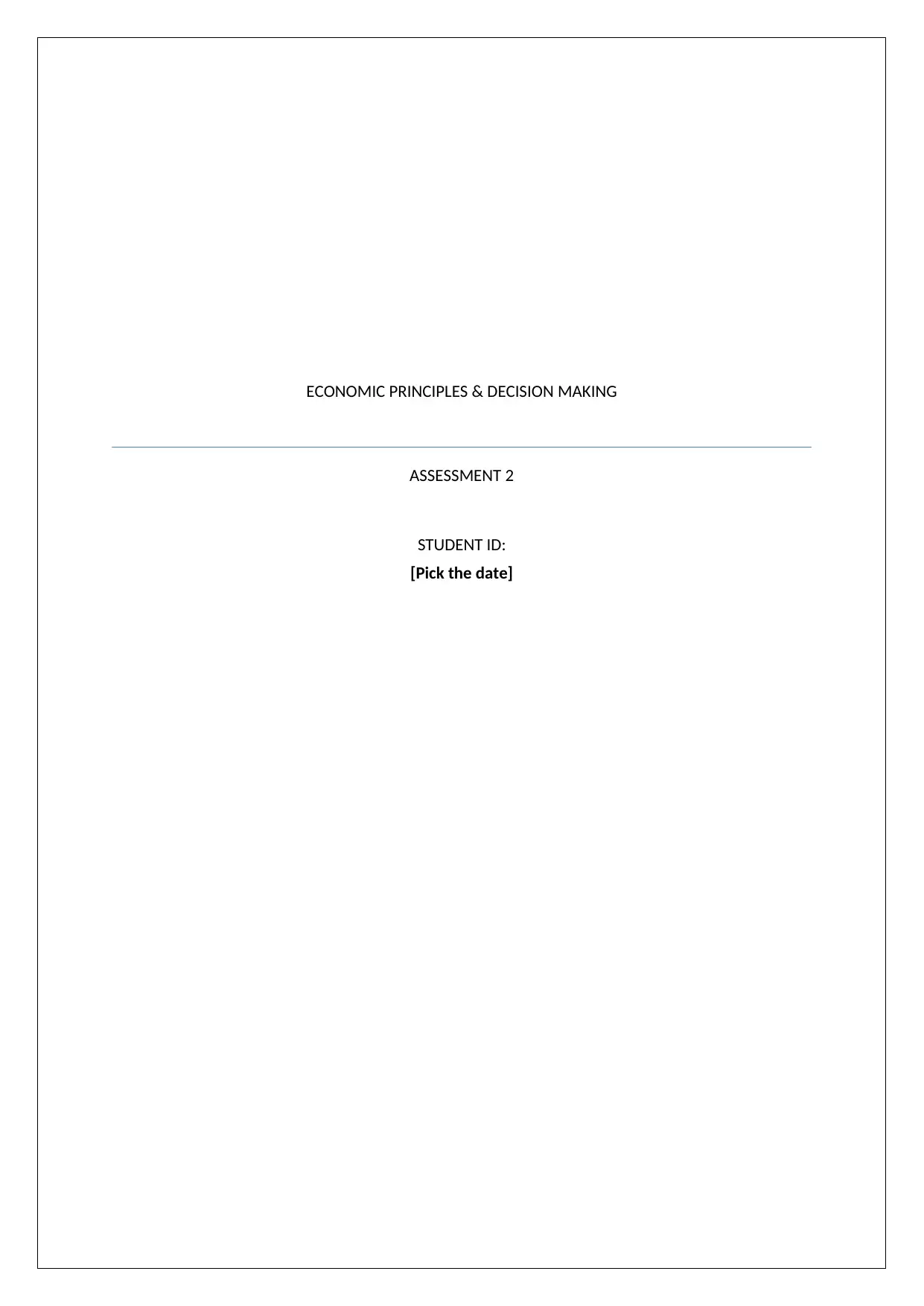
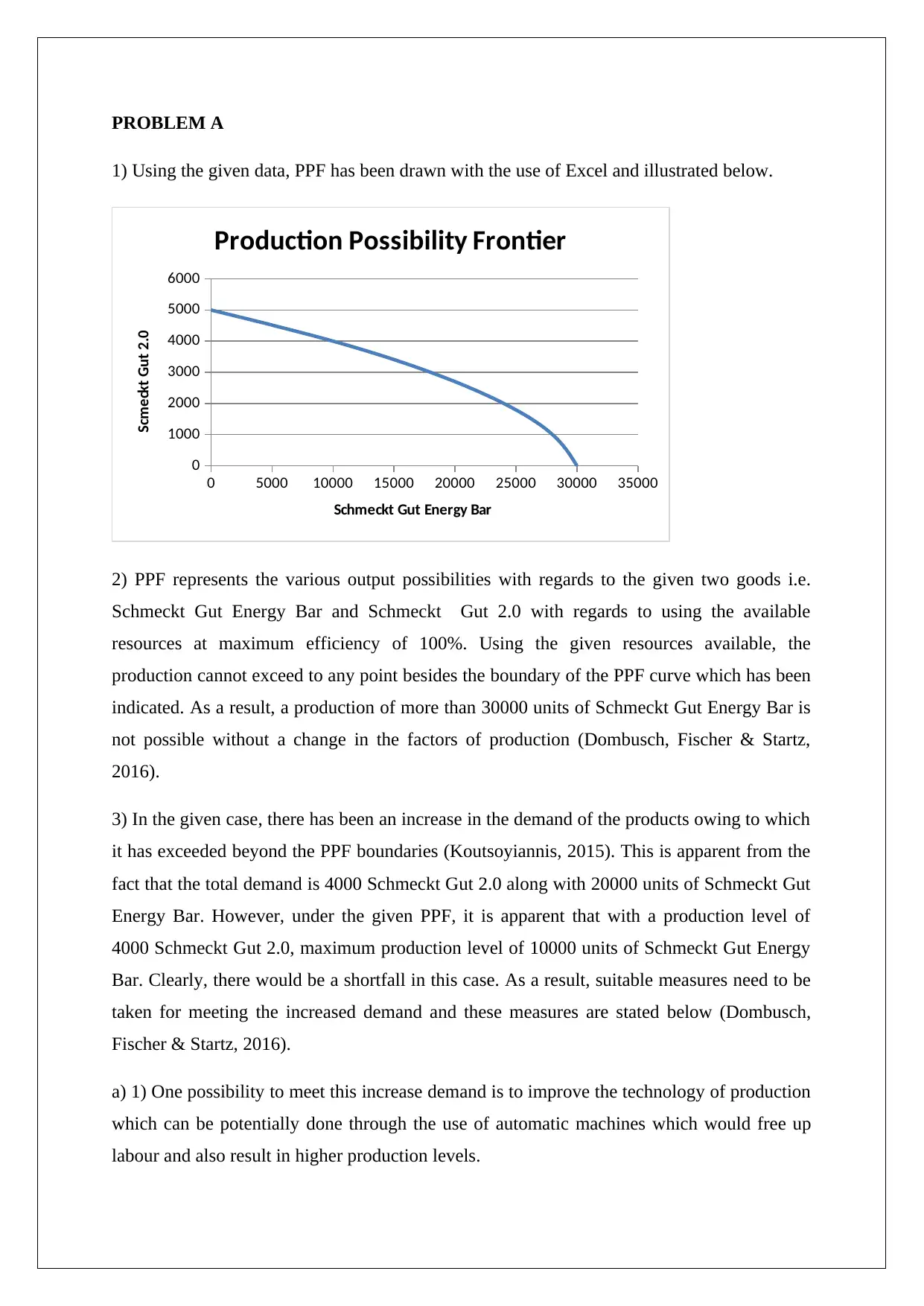
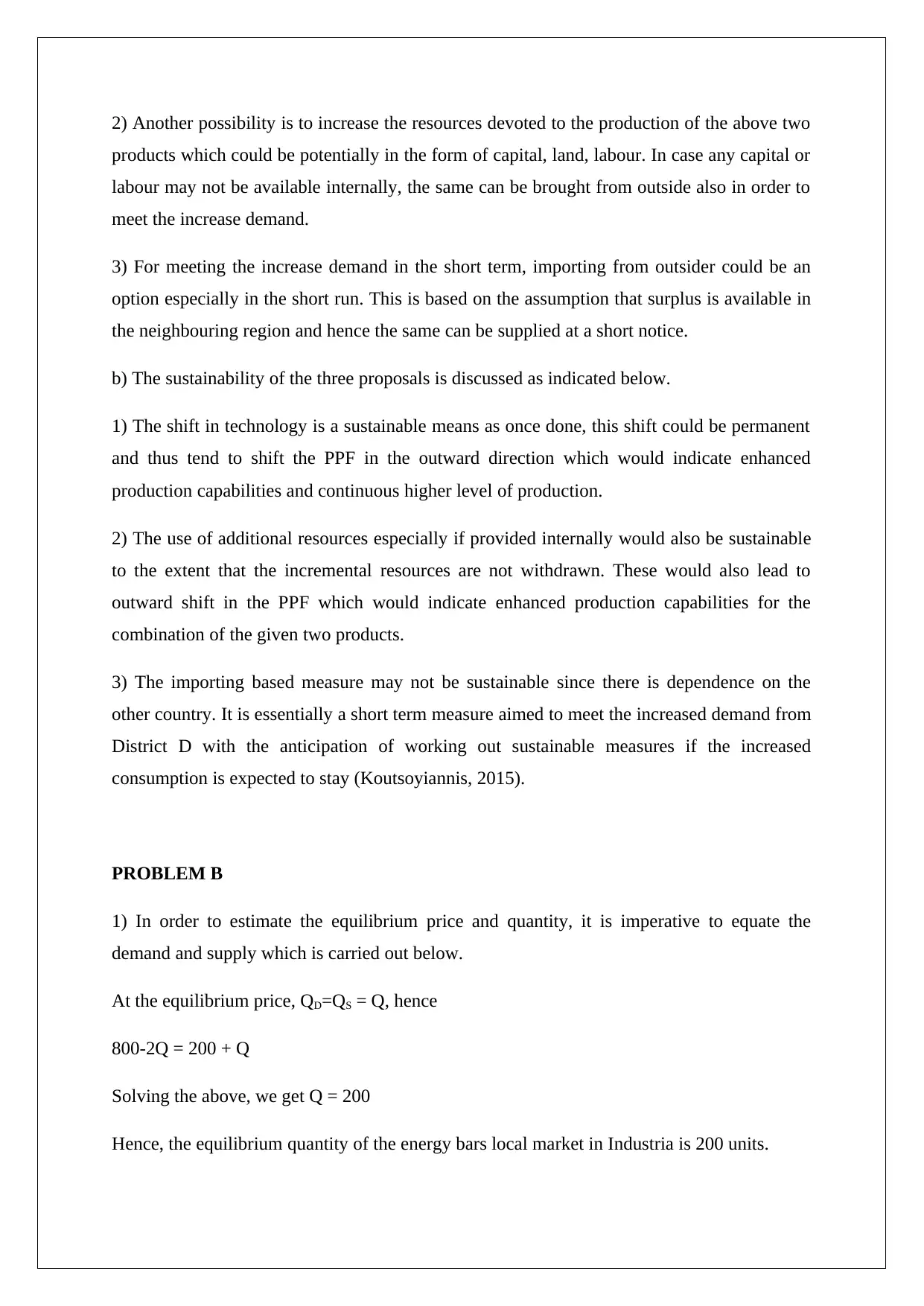

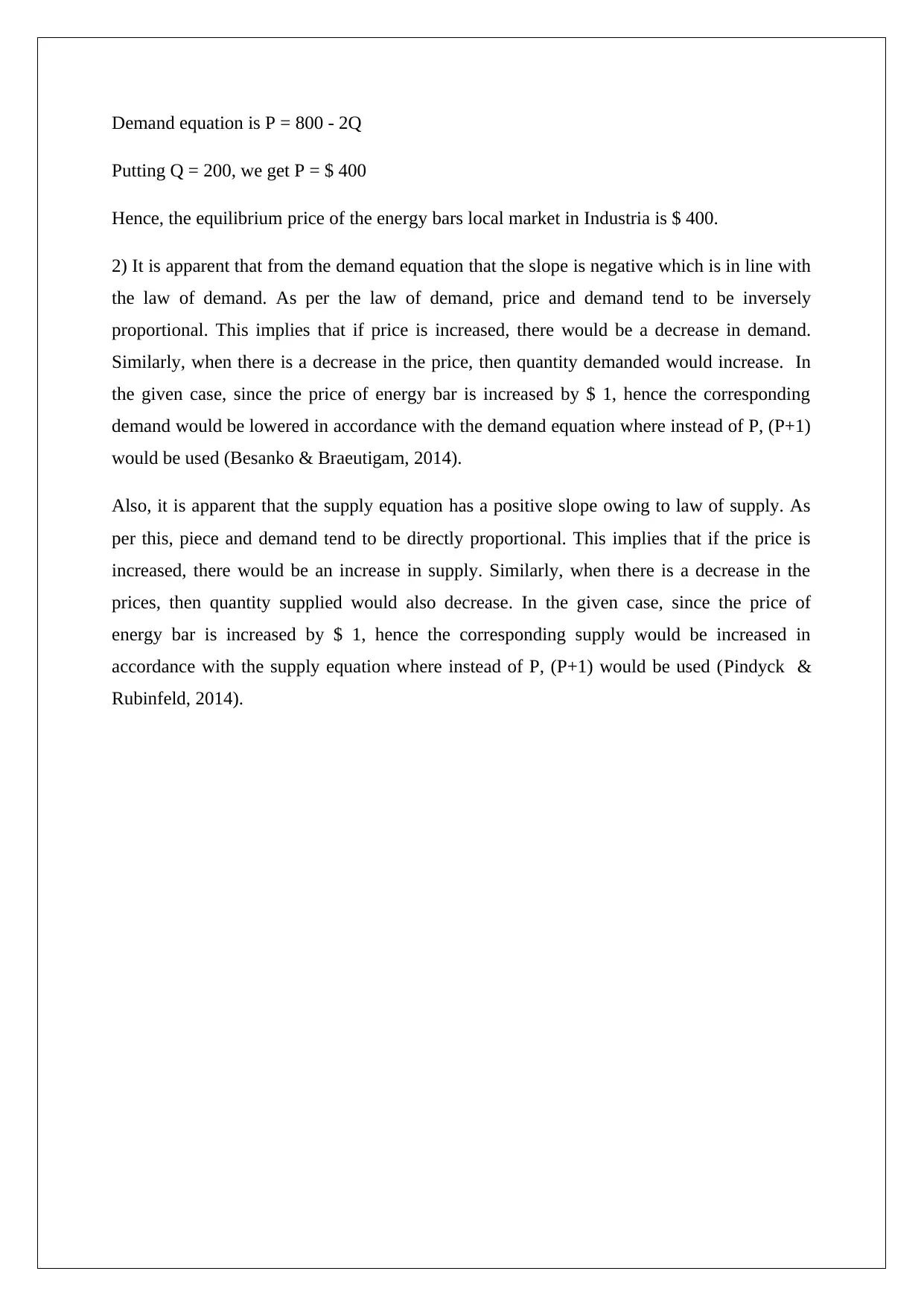
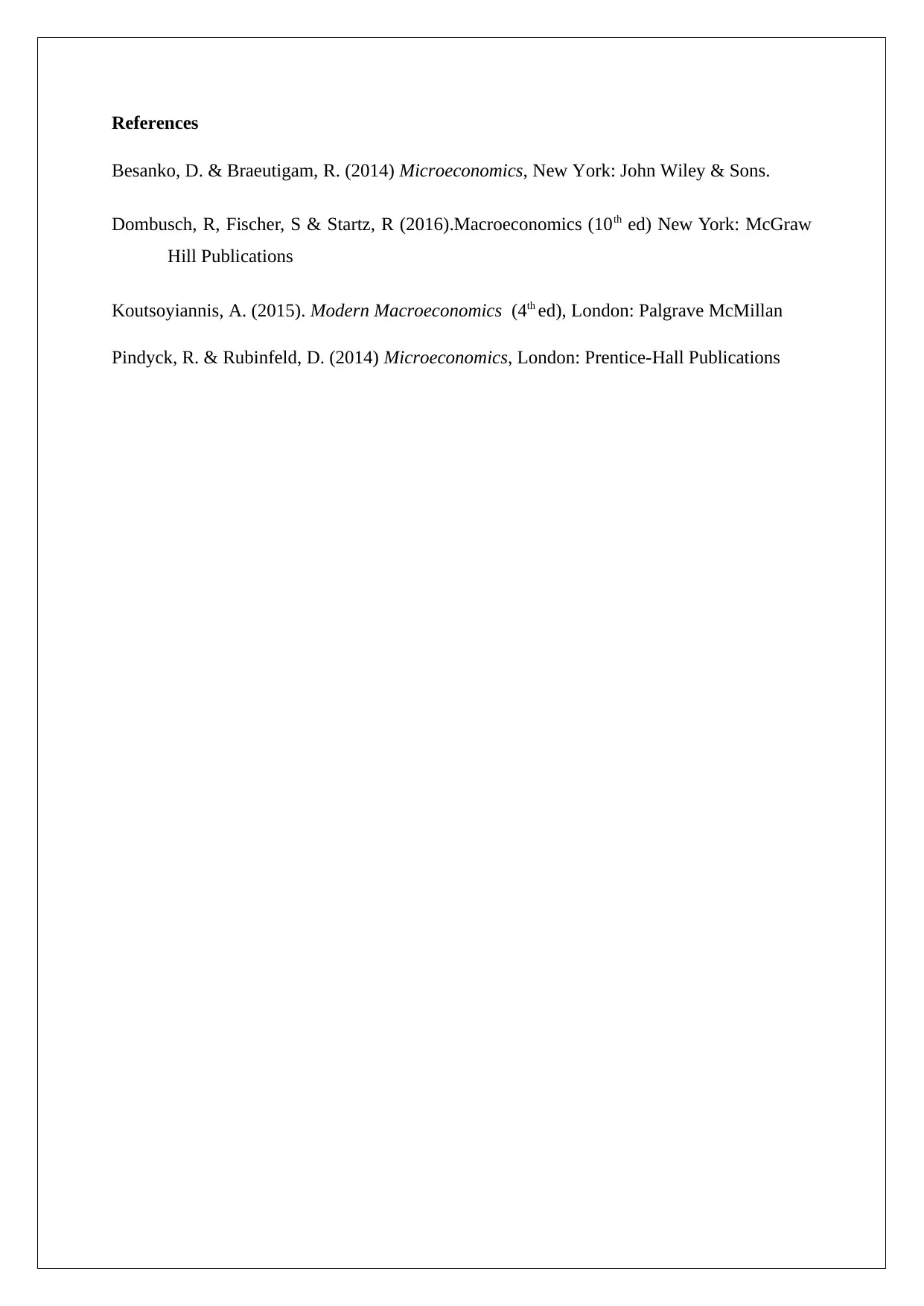





![[object Object]](/_next/static/media/star-bottom.7253800d.svg)